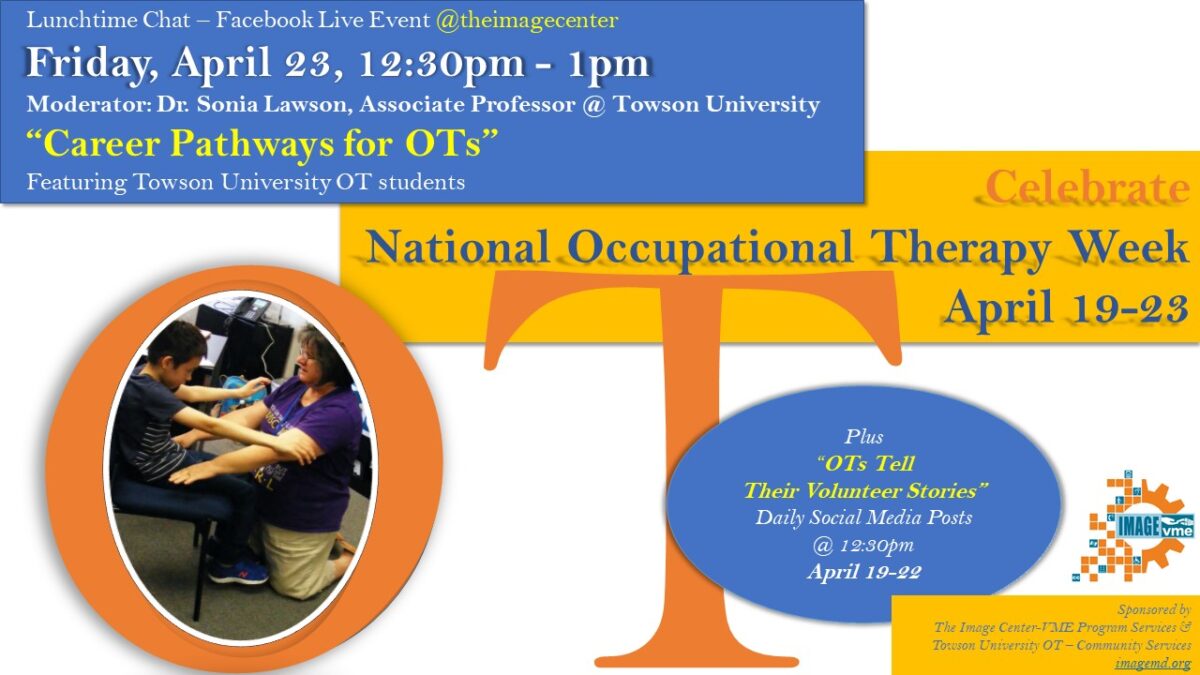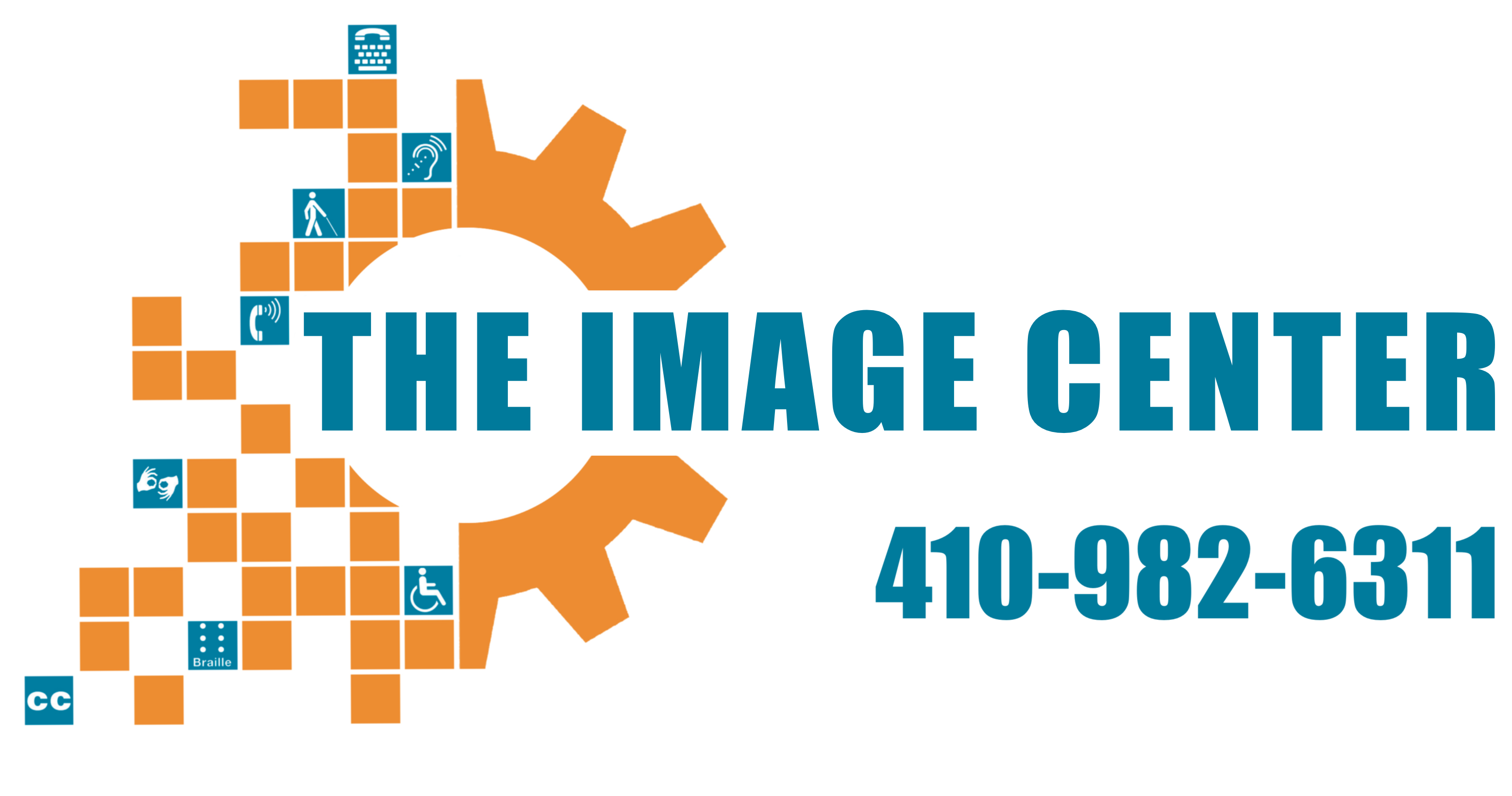Researching affordable, accessible, and integrated housing is a difficult and time-consuming process. Here at The IMAGE Center, we work with individuals on identifying their options and advising them on various research opportunities to help broaden their research, keeping their access needs in mind throughout the process.
Category: Impression Management

Our recap of our celebration of National Occupational Therapy Month 2021! Each day we shared interviews with our amazing volunteer occupational therapists! Friday featured a Facebook Live event where students from Towson University shared their perspectives! T
Assistive Technology, also known as AT, encompasses a wide variety of items and techniques from low-tech such as a cane to high-tech software that can read computer screens. The idea behind Assistive Technology is to increase an individual with a disability’s independence. The IMAGE Center is home to a variety of Assistive Technology programs that […]
By Mike Bullis The title of this blog may seem like a put-down. In this day and age when everyone is supposed to be positive and filled with belief in themselves, we’re taught that we can do anything. Just think it up and away you go. Whatever you believe you can do is possible. […]
By Lisa Labre My son Chase has cerebral palsy which for him affects the right side of his body. His entire right side is weaker than his left side. This has affected his ability to do anything that requires the use of both hands. I found out about the Constraint –Induced Movement Therapy Program at […]
